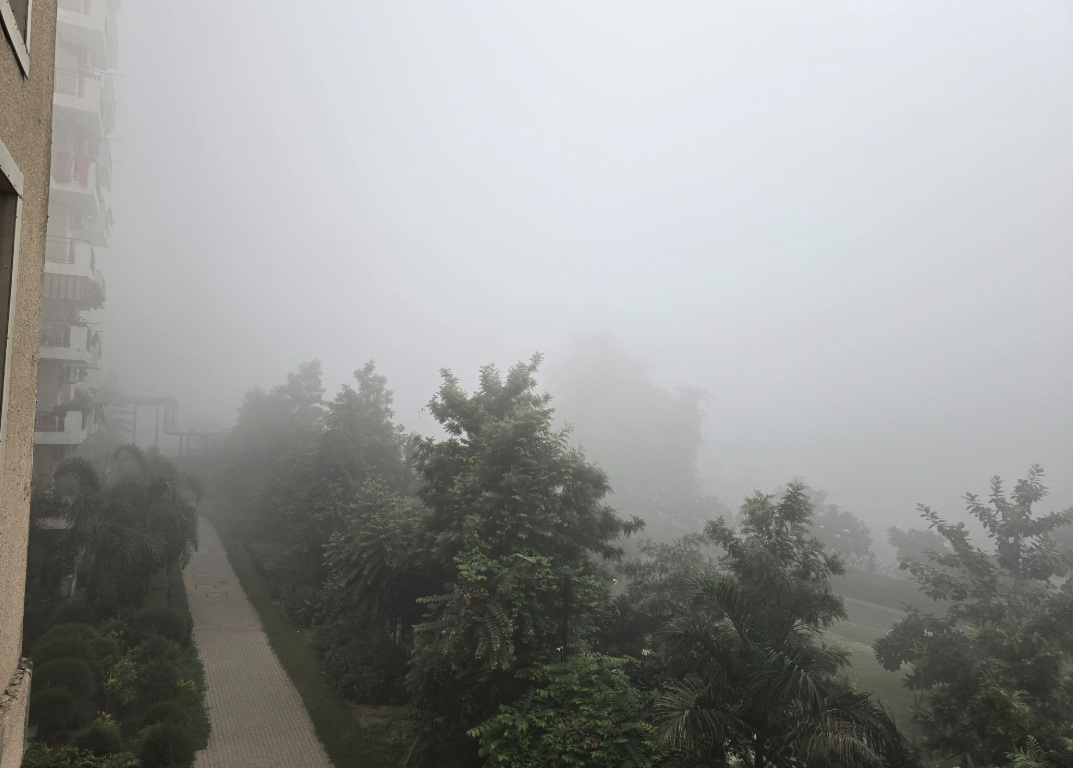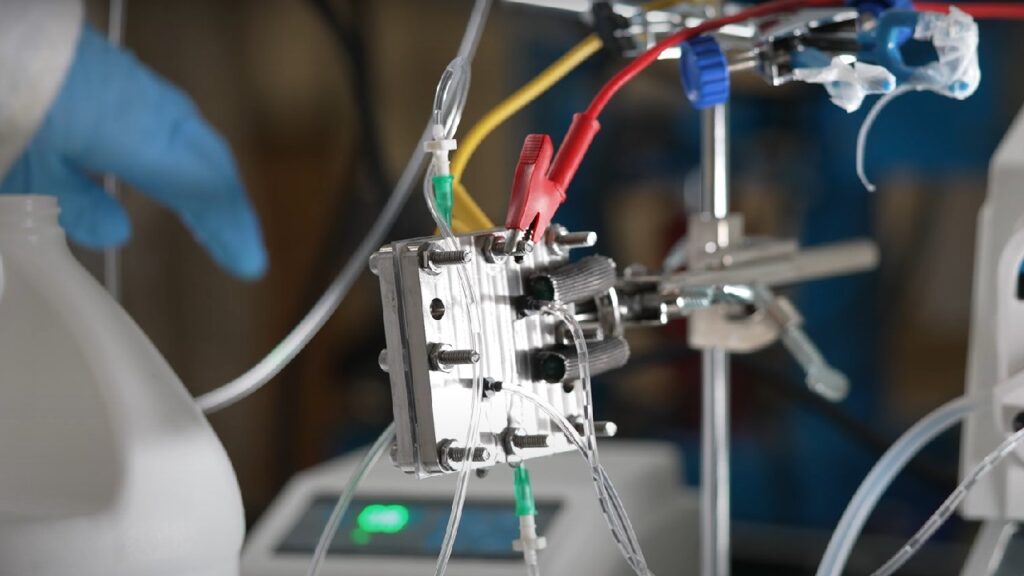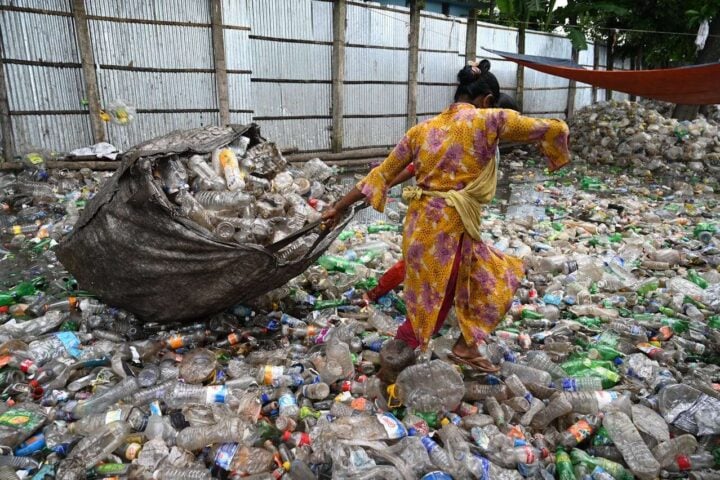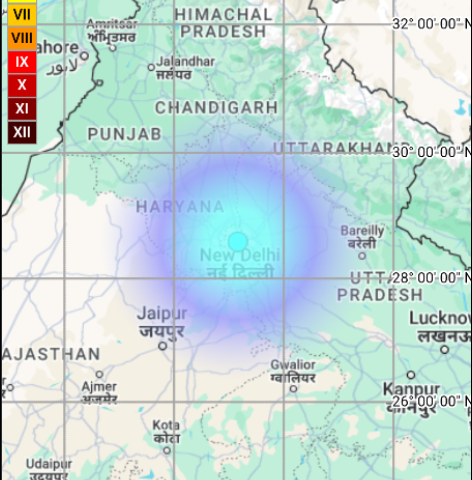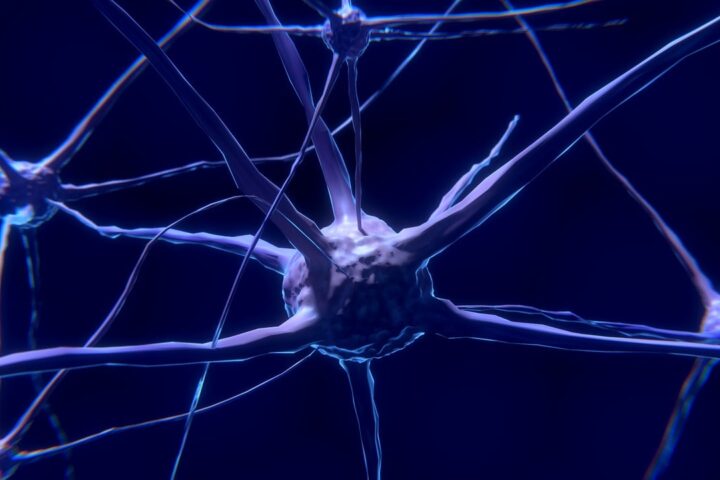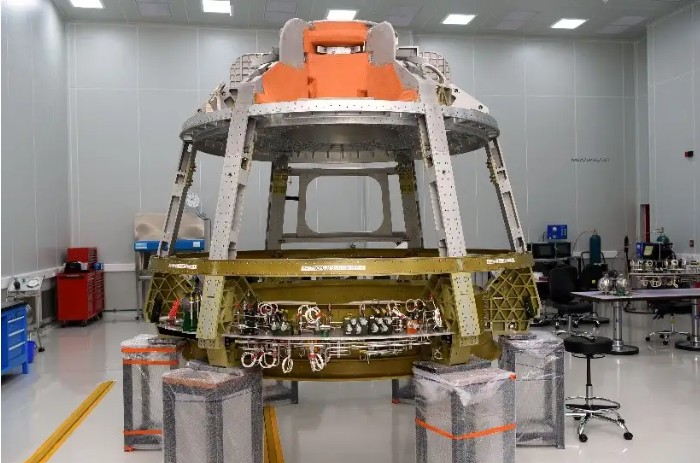The particulate matter sensors at Anand Vihar blinked red at 11 AM on Friday, November 15, 2024. The AQI read 1,105 – each breath containing microscopic PM2.5 particles at levels 65 times above WHO safety limits. These particles, smaller than 2.5 micrometers, slip past our body’s natural defenses and travel deep into our lungs.
At Dwarka-Sector 8, where morning walkers typically fill the parks, the AQI hit 1,057. The VV Block C monitors showed 1,041. These aren’t abstract numbers – they represent the air filling our children’s lungs during morning assembly, the air our elderly breathe during their evening walks, the air that seeps into our homes while we sleep.
Science explains why we feel our throats burn. The India Meteorological Department measured visibility at 100 meters – a direct result of suspended particulate matter forming a dense aerosol mixture in our atmosphere. The Central Pollution Control Board’s hourly data showed Delhi’s overall AQI at 413, with most areas recording between 401 and 500 on their severe scale.
The pollution level in Delhi has been in poor and very poor categories. However, in just two days, it has escalated from very poor to severe category.” The Green War Room’s environmental scientists pinpointed two culprits: mountain snowfall dropping temperatures and creating inversion layers that trap pollutants, combined with stagnant wind conditions preventing natural air cleaning.
The government’s response came through GRAP Stage III measures. The Municipal Corporation of Delhi now works 8:30 AM to 5:00 PM, Central Government offices 9:00 AM to 5:30 PM, and Delhi Government offices 10:00 AM to 6:30 PM. Every hour shift matters – it means fewer vehicles on roads during peak pollution hours when PM2.5 concentrations typically spike.
They added 106 bus shuttles making 1,844 trips and 60 extra Metro services. Rai emphasized the practical impact: “I appeal to people to use the shuttle bus services that will touch Shastri Bhawan, Connaught Place, CGO Complex and Nehru Place along with linking Rohini, Dwarka, Badarpur, Janakpuri and Patparganj.”
More Stories
The Rs 20,000 fine for violating BS-III petrol and BS-IV diesel vehicle restrictions shows the government’s seriousness. Construction dust, a major PM10 contributor, faces strict controls. Only e-buses and CNG buses can enter from other states, targeting nitrogen oxide and sulfur dioxide emissions.
Stubble burning contributes 33% of our current particulate load – the second straight day above 30%, peaking at 35% on November 1. Each crop fire sends up aerosols that drift across state boundaries, mixing with our local vehicle emissions and industrial pollutants.
Ten flights diverted Wednesday morning tell their own story – nine to Jaipur, one to Lucknow. The Indira Gandhi International Airport’s “low visibility procedures” affected flights without CAT III navigation capabilities, designed for landings in dense particulate conditions.
The weekend might bring relief – meteorologists predict increased wind speeds that could disperse some pollutants, potentially lowering our AQI to lower ‘Very Poor’ levels. But we’ve lived with AQI above 300 for 17 straight days now. Each day means millions of Delhi residents breathing air that the CPCB scale clearly labels as dangerous: 0-50 (good), 51-100 (satisfactory), 101-200 (moderate), 201-300 (poor), 301-400 (very poor), 401-450 (severe), and above 450 (severe plus).
These numbers represent our daily reality – the air we breathe while stuck in traffic, the haze our children see through classroom windows, the smog that turns our sunrise gray. Each measurement tells us what we’re breathing, and why every small action to reduce emissions matters for our collective lung health.
